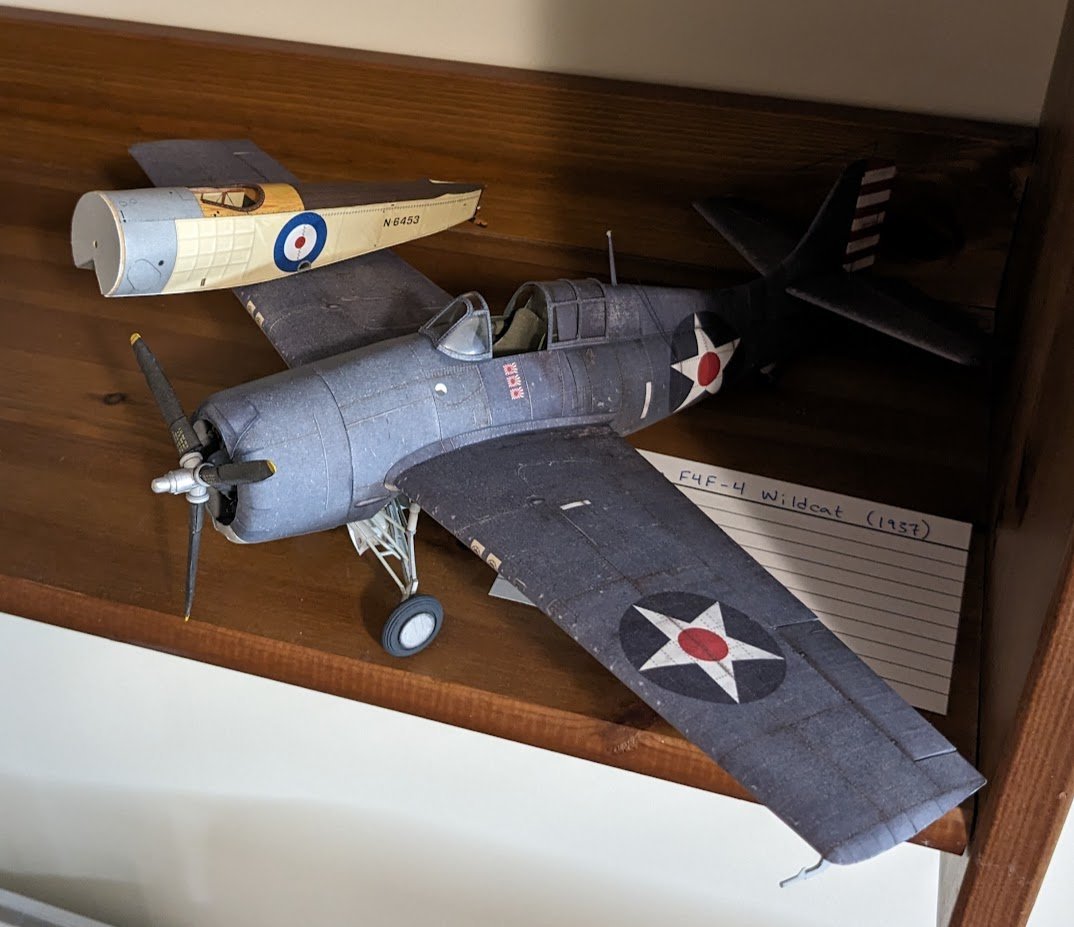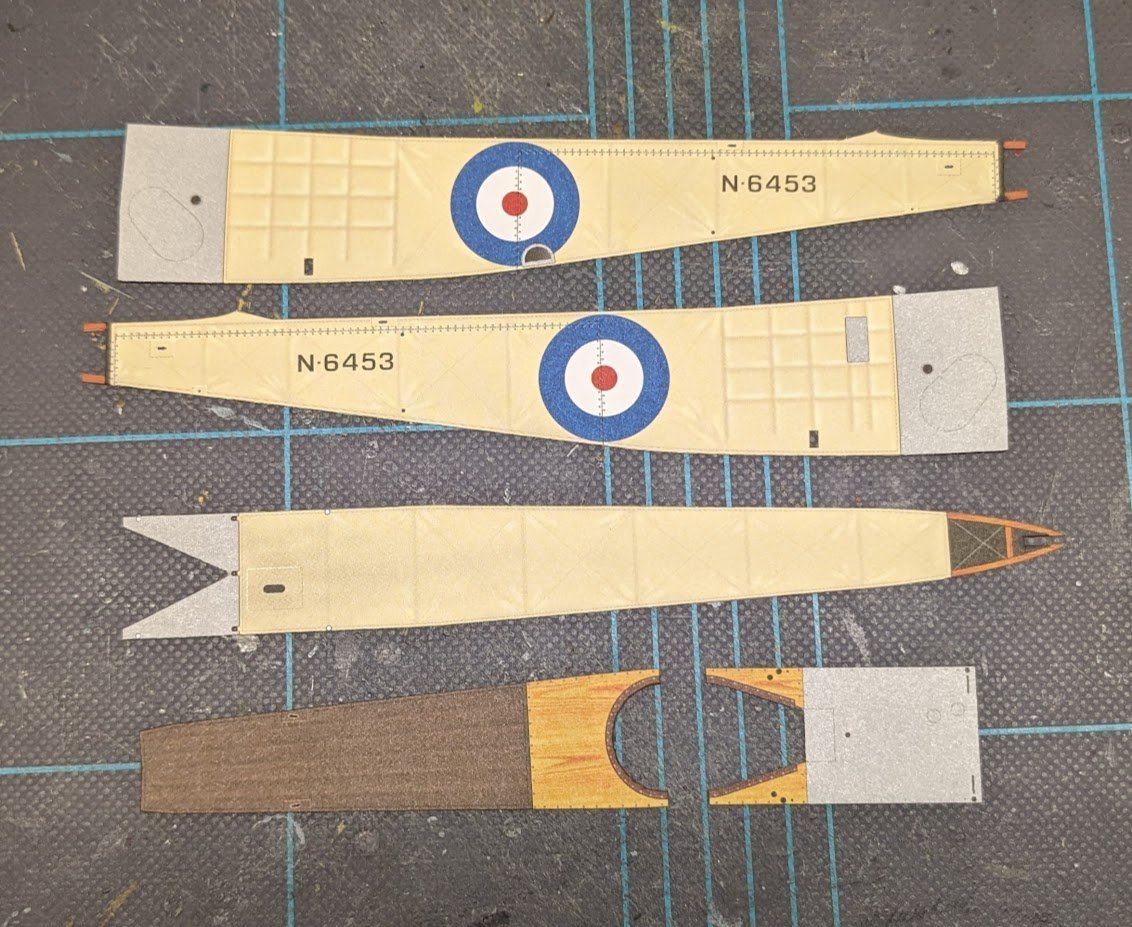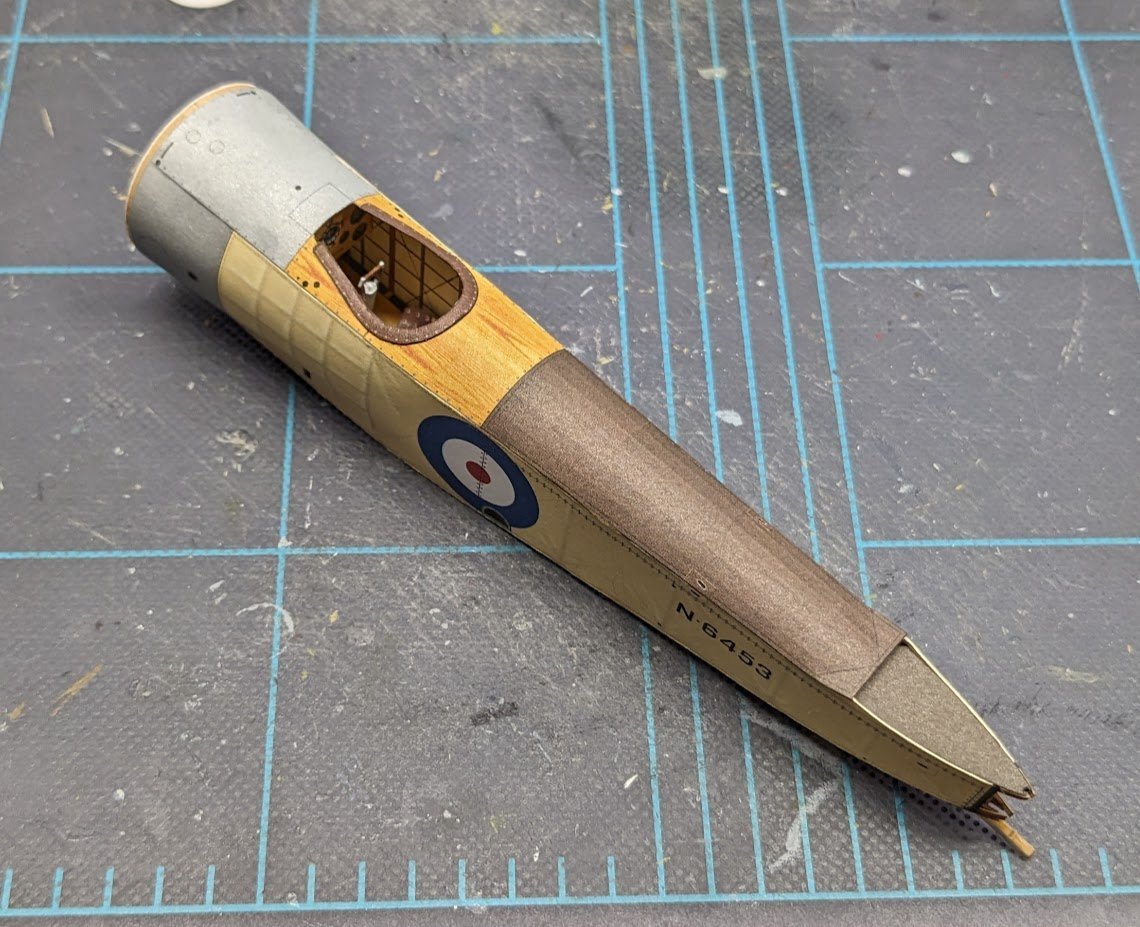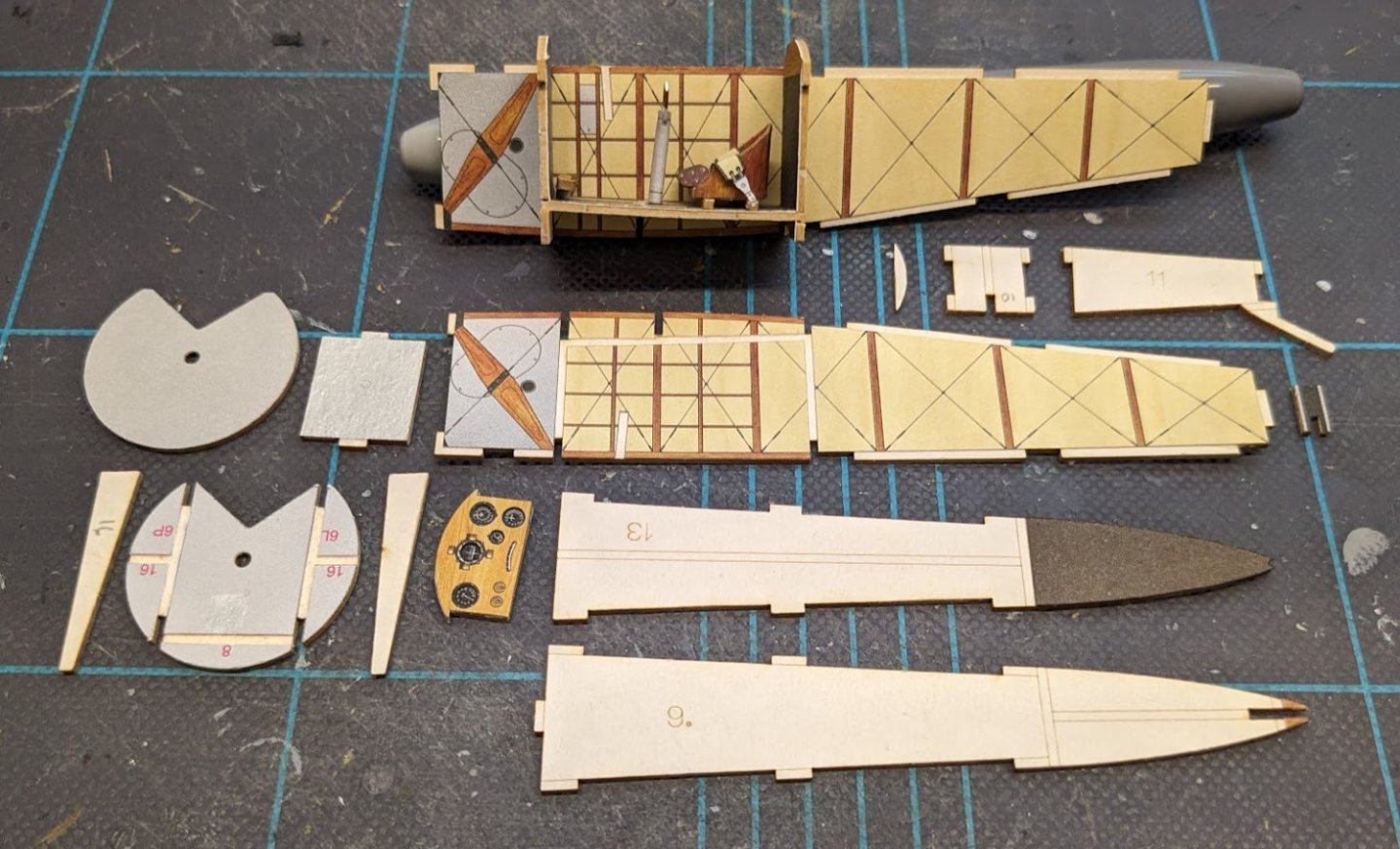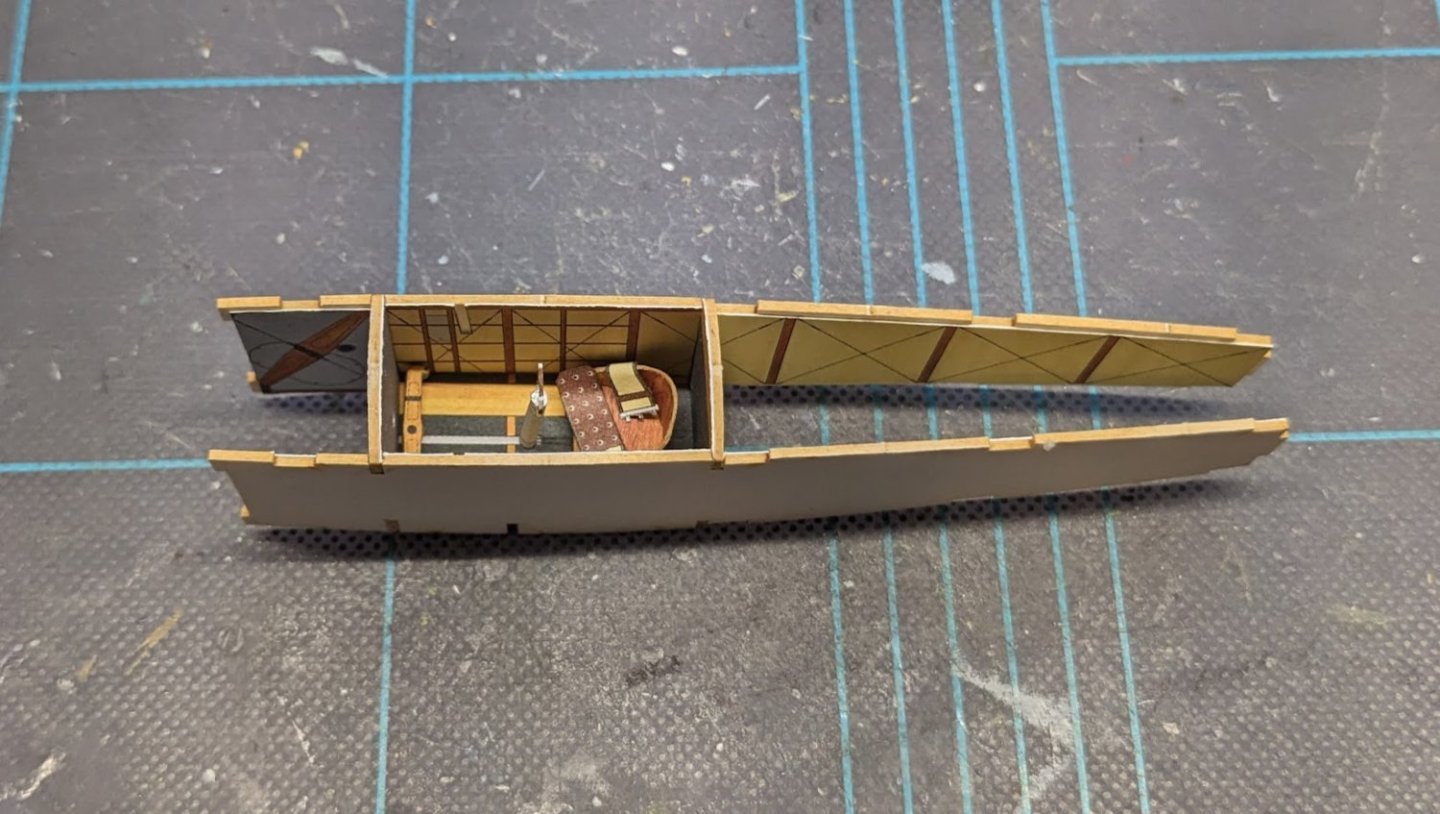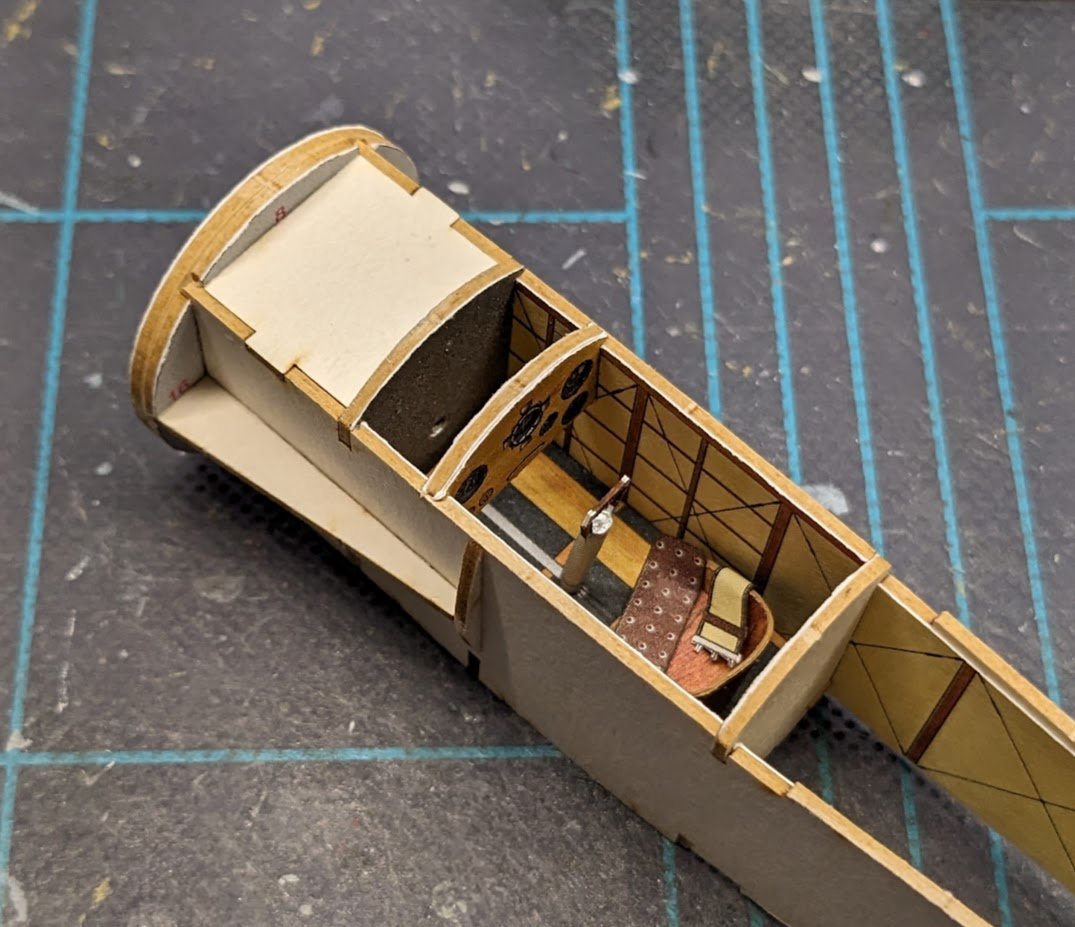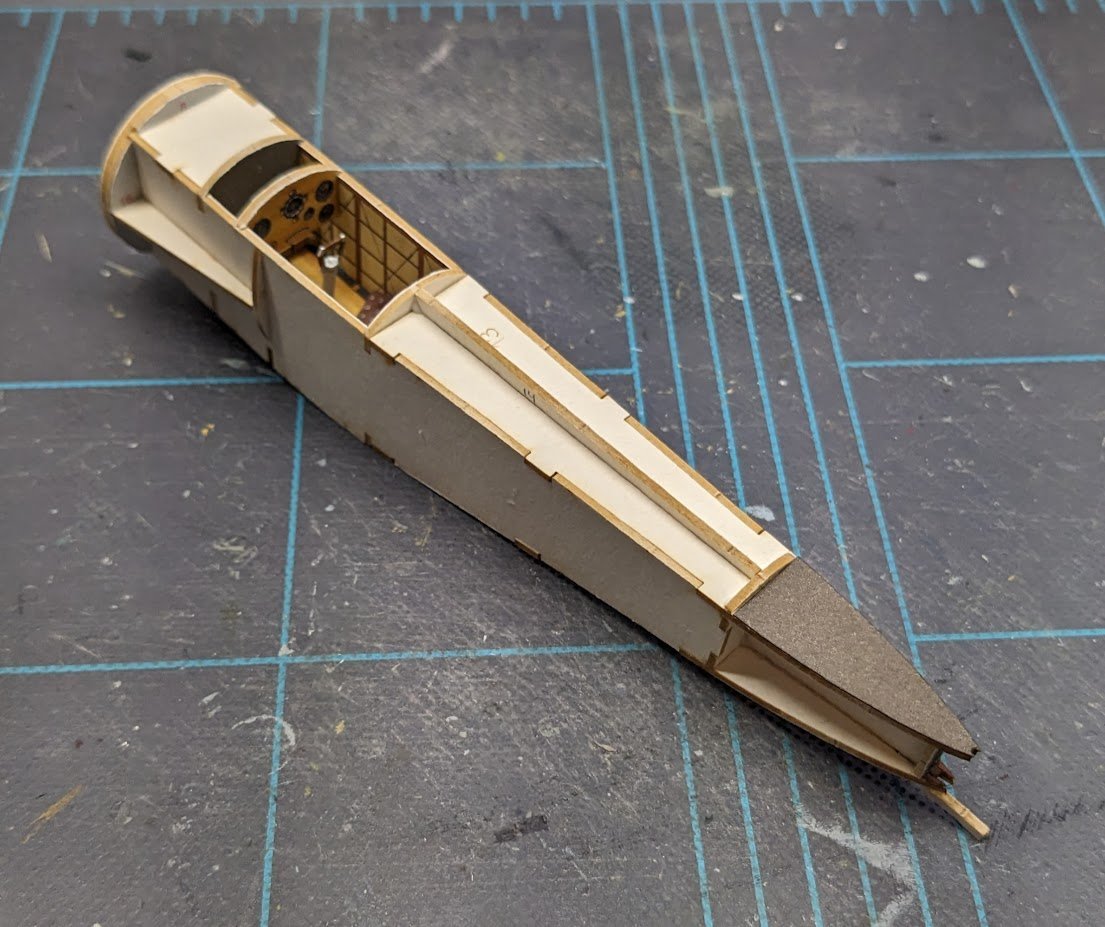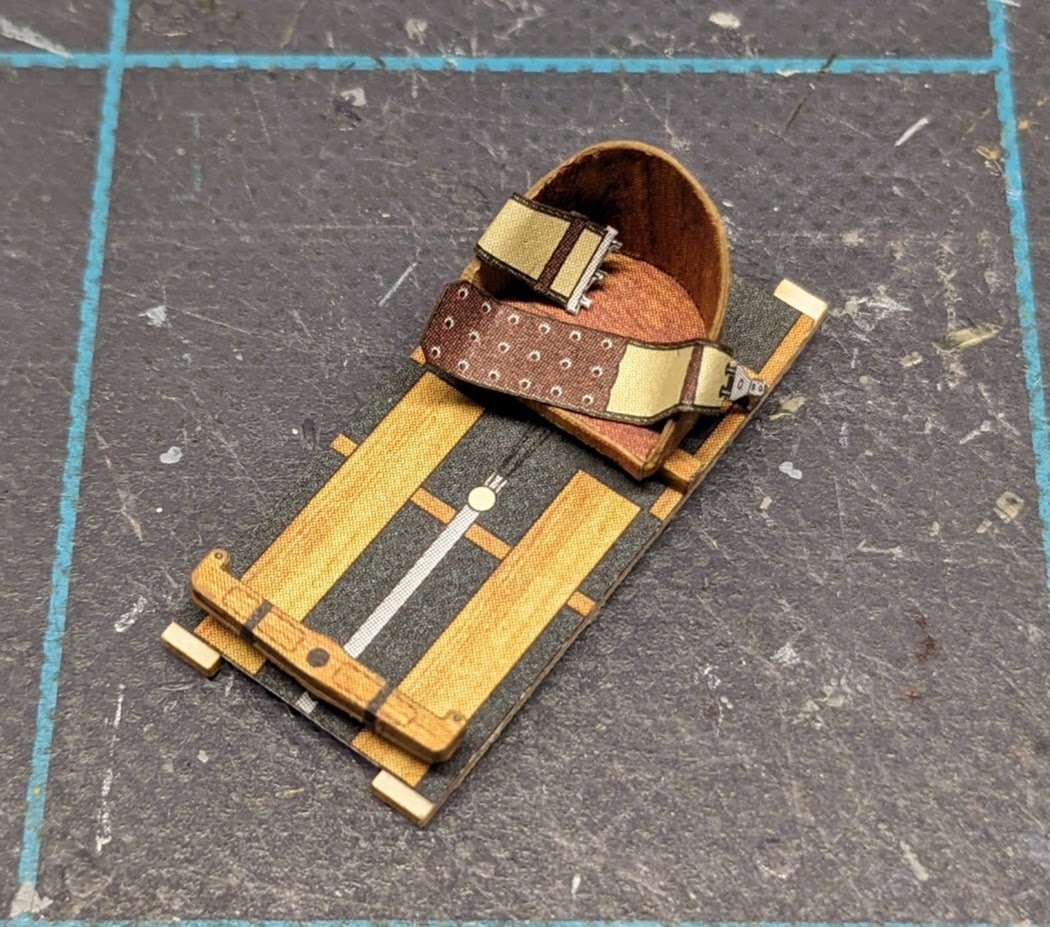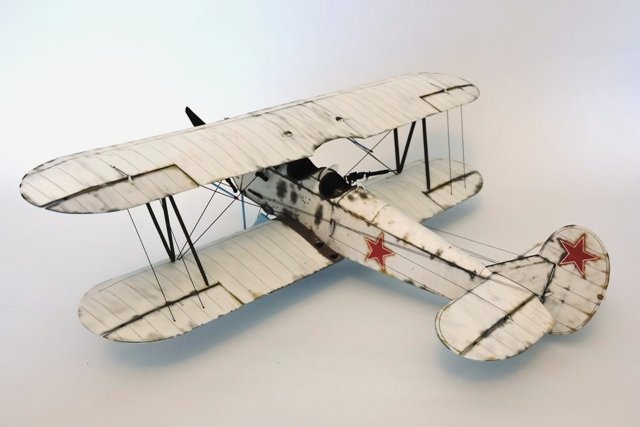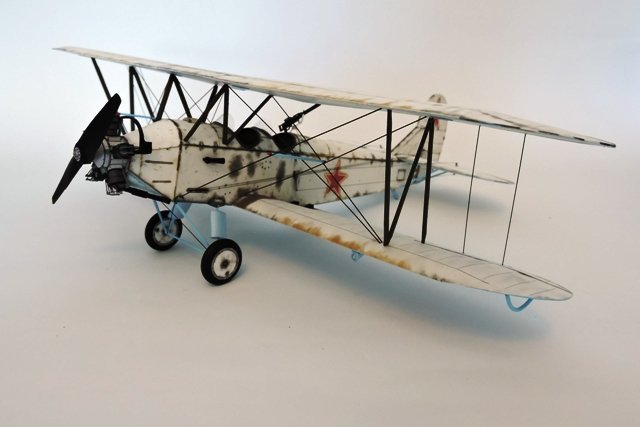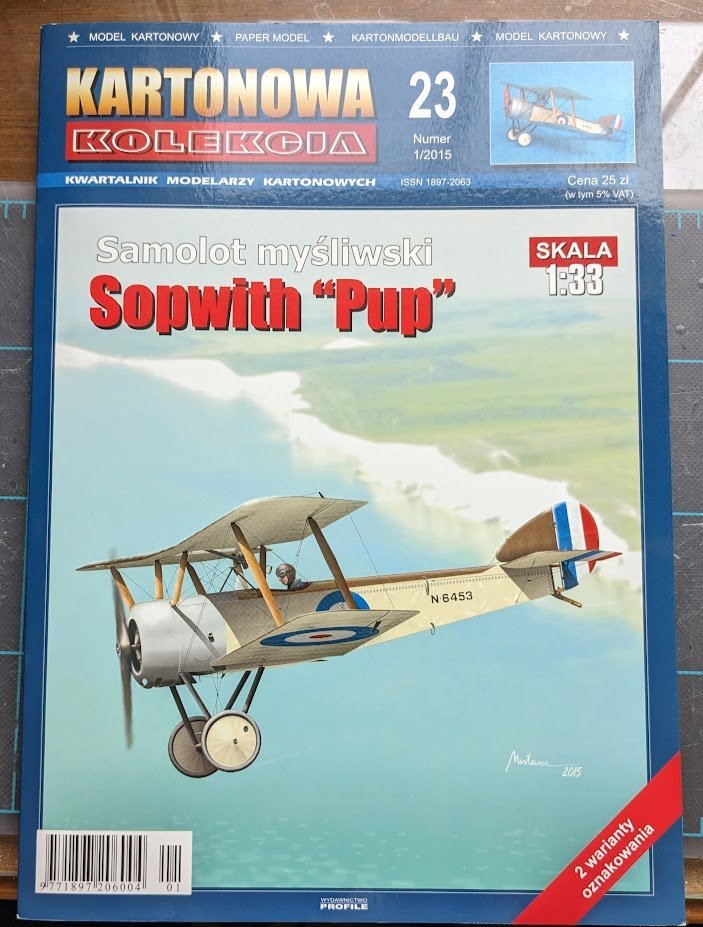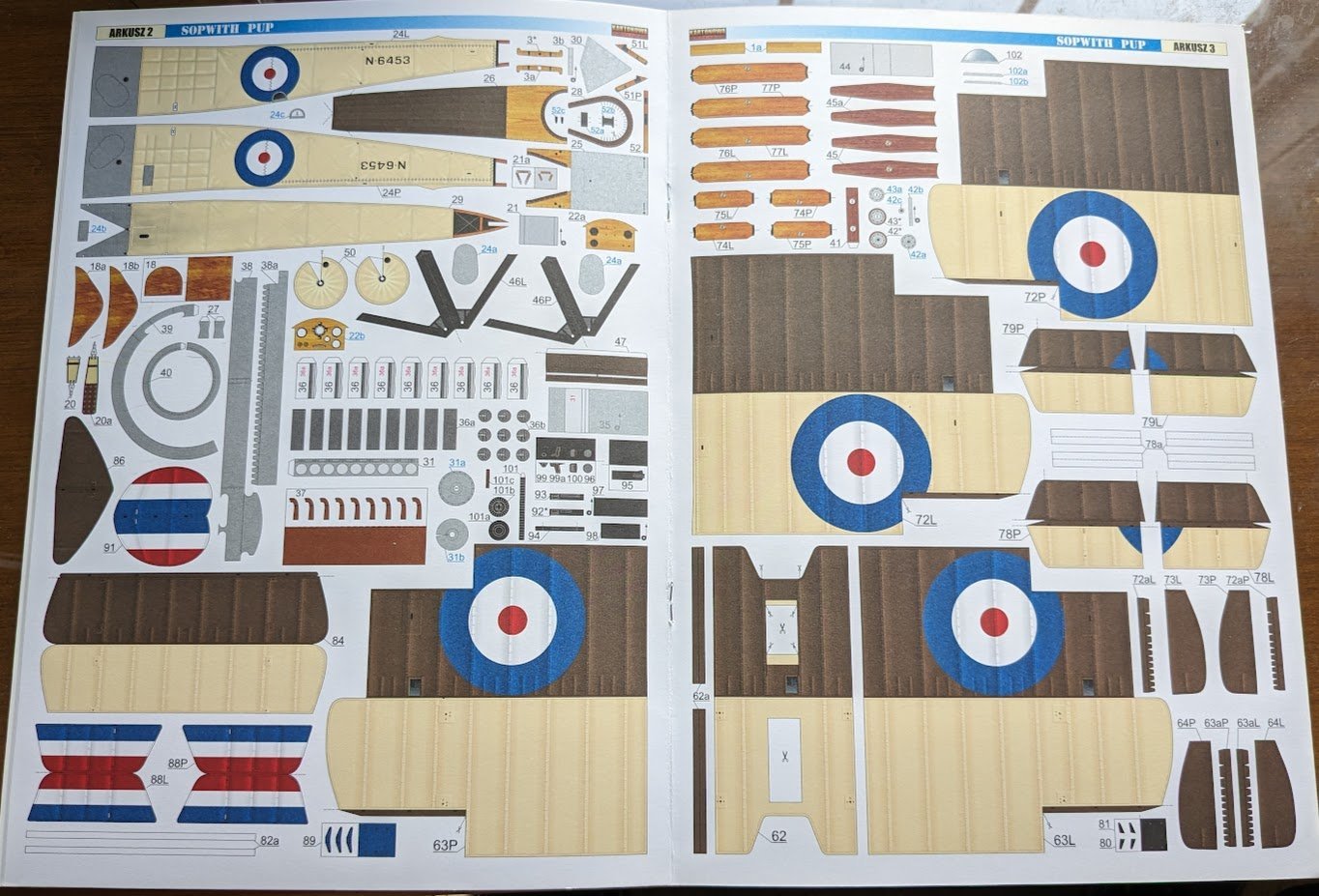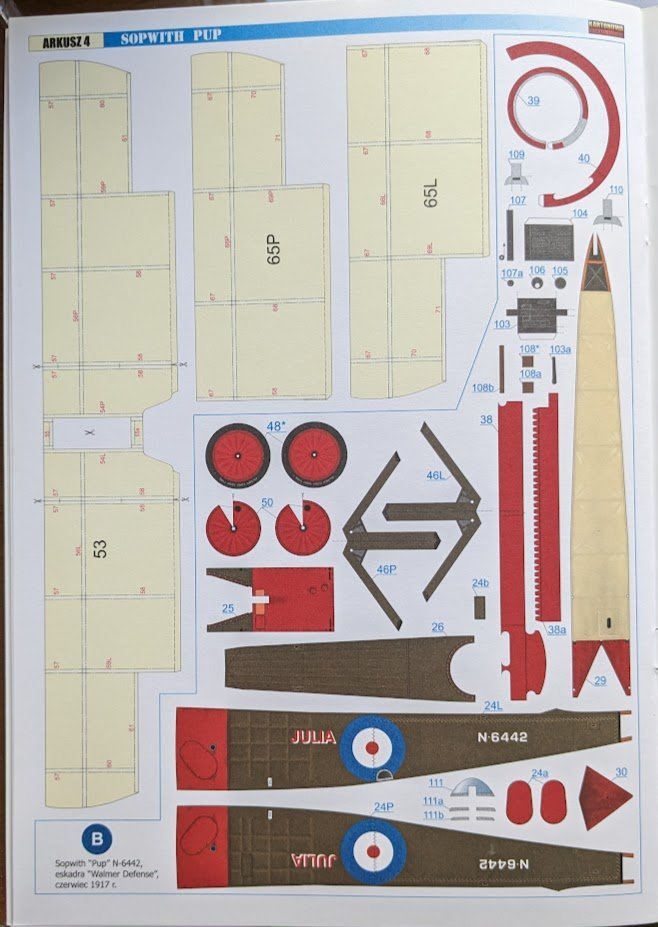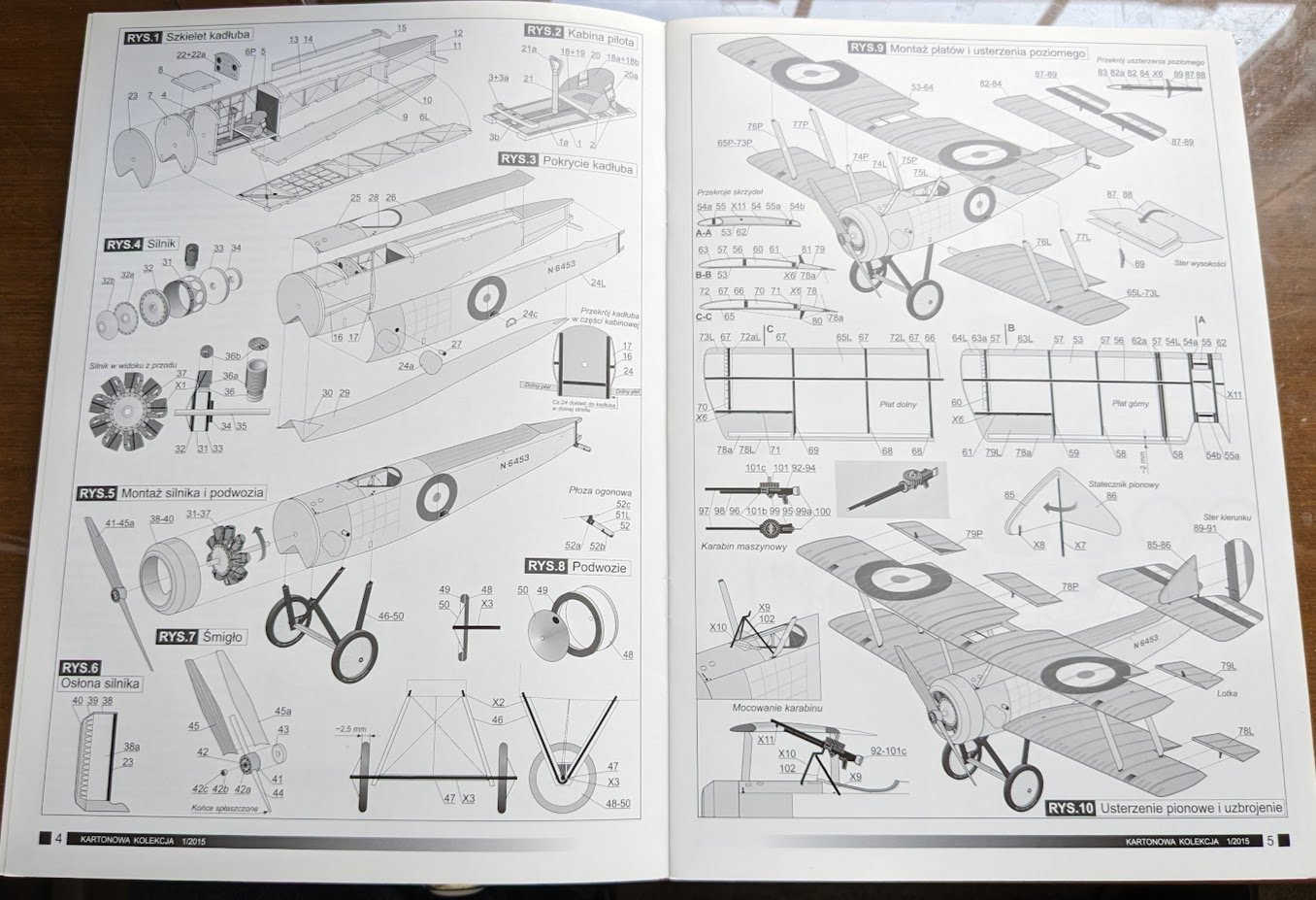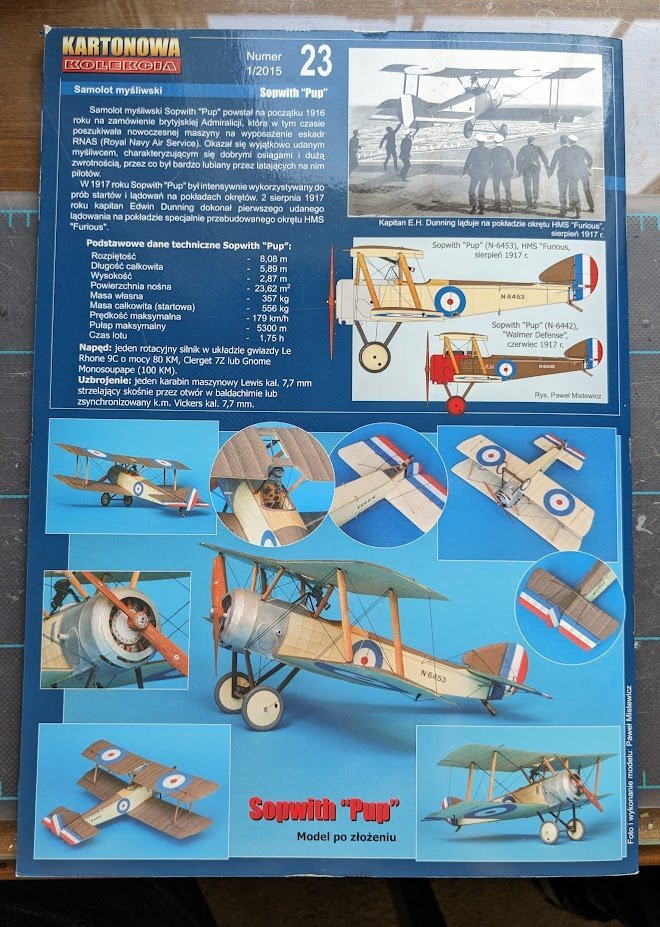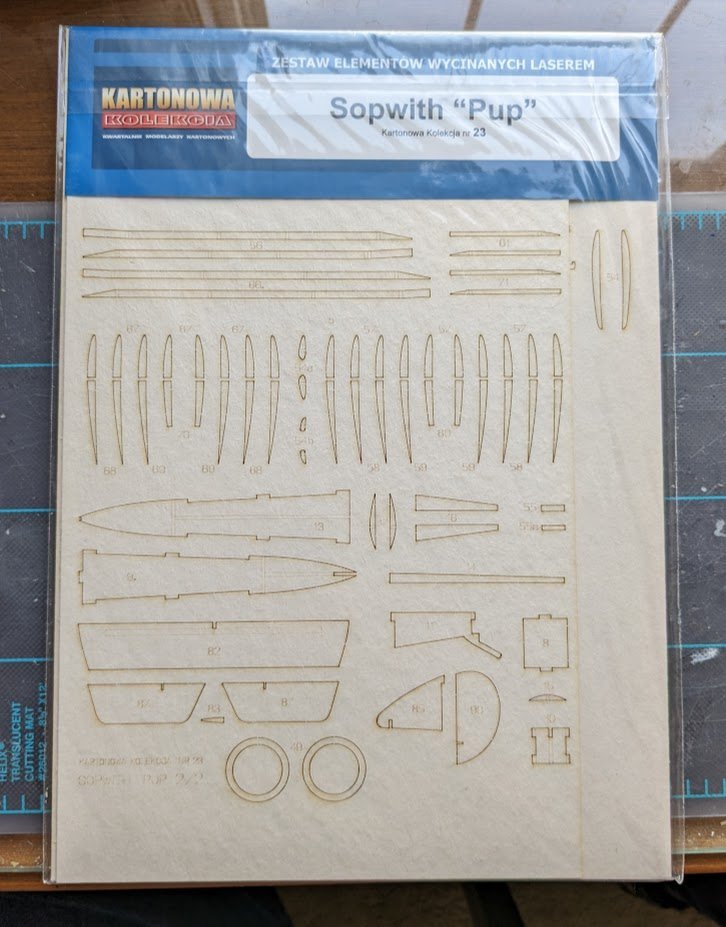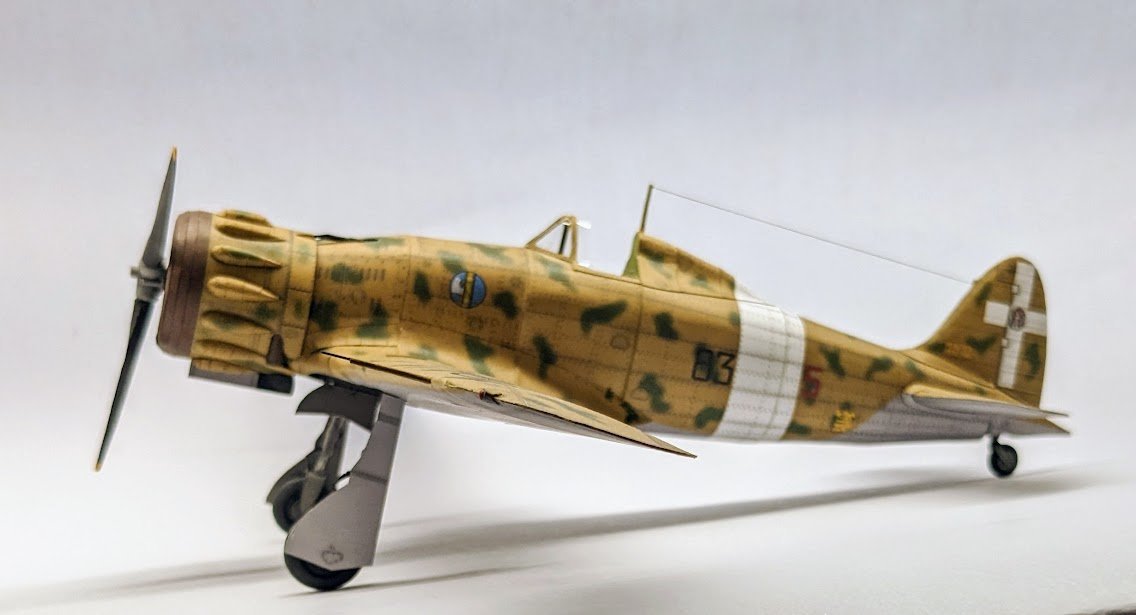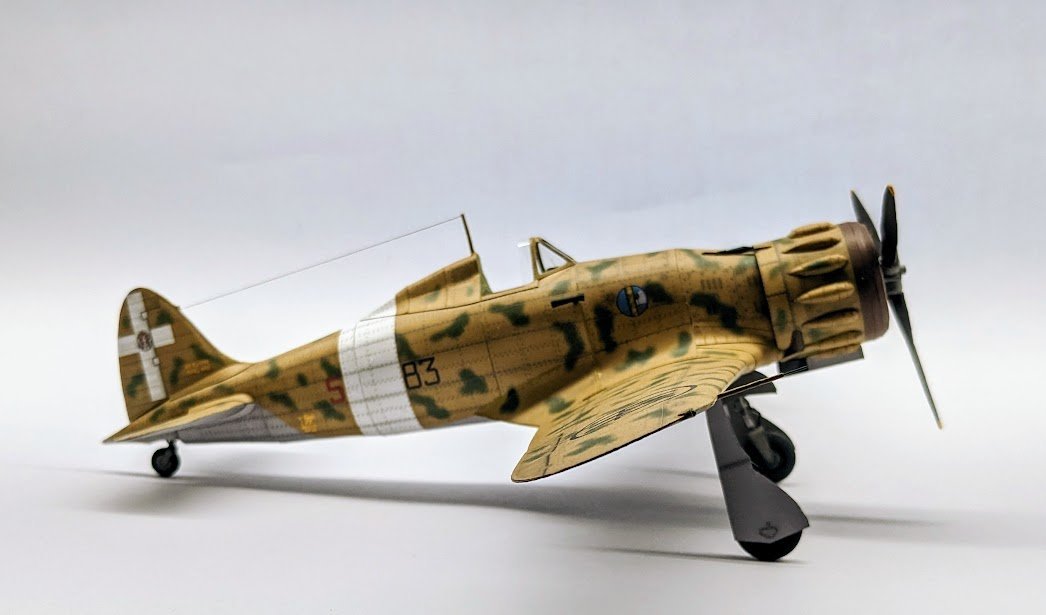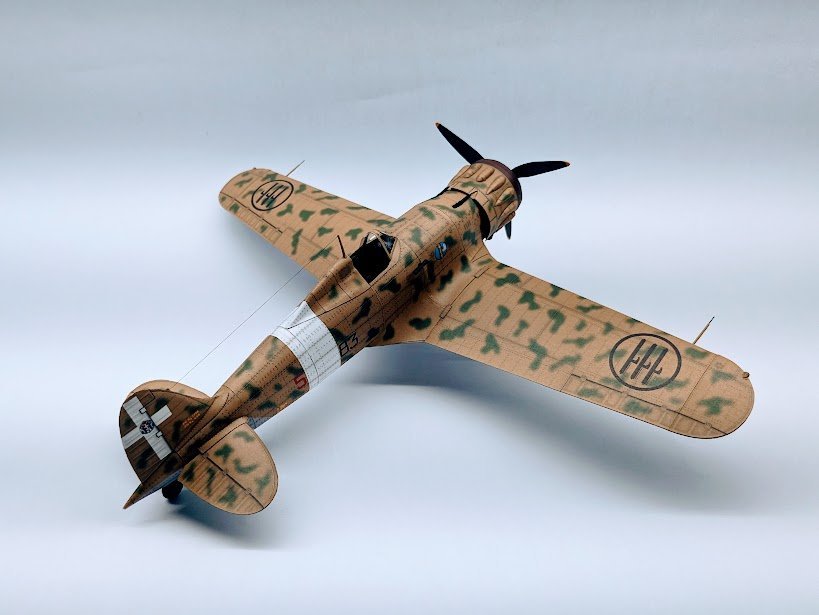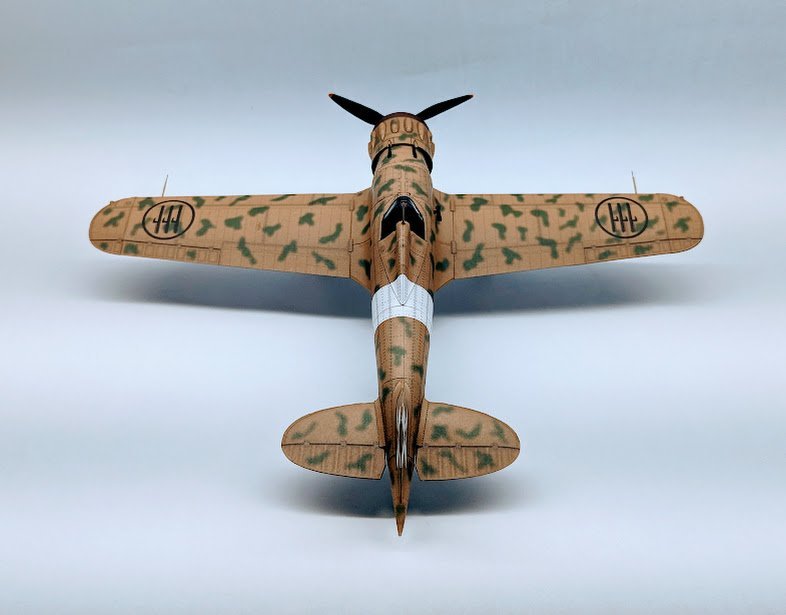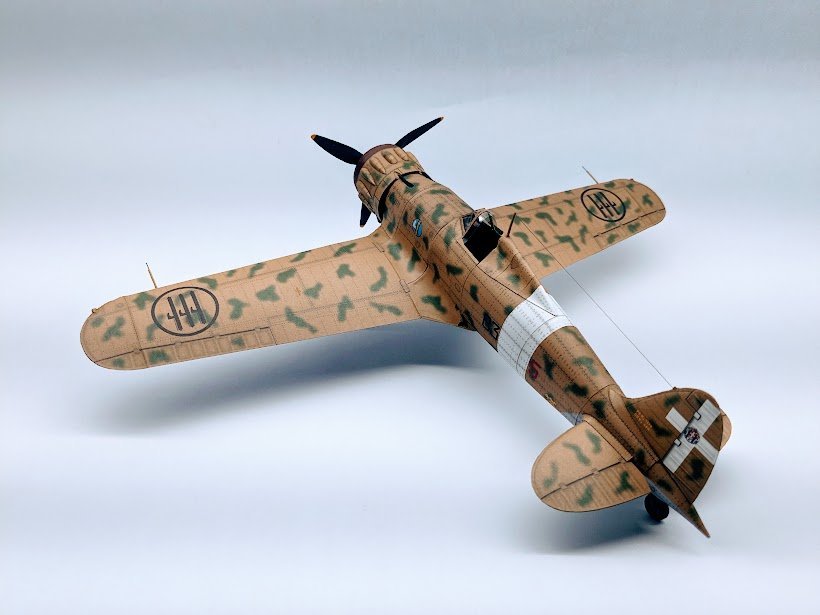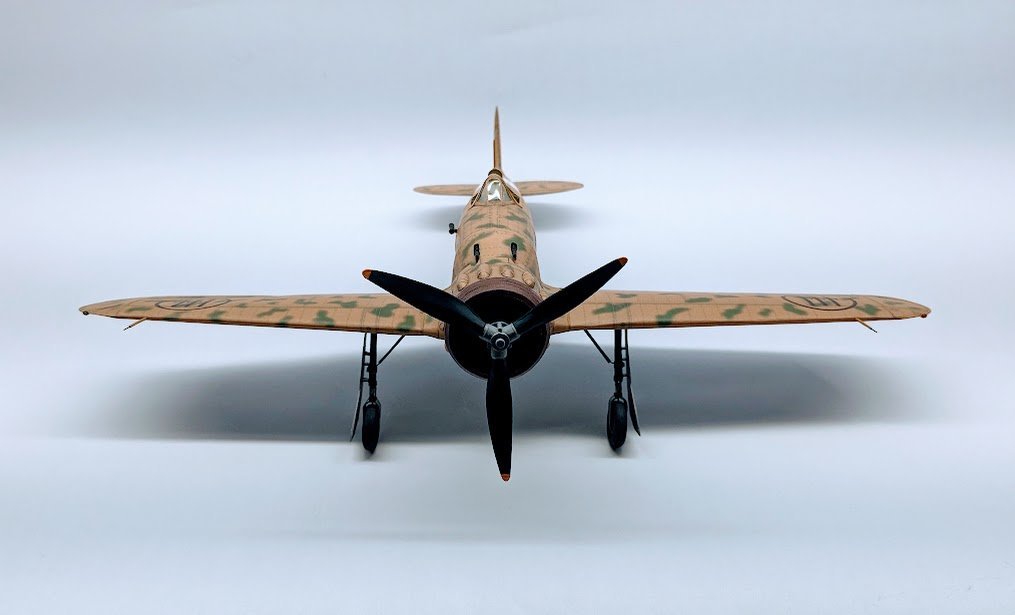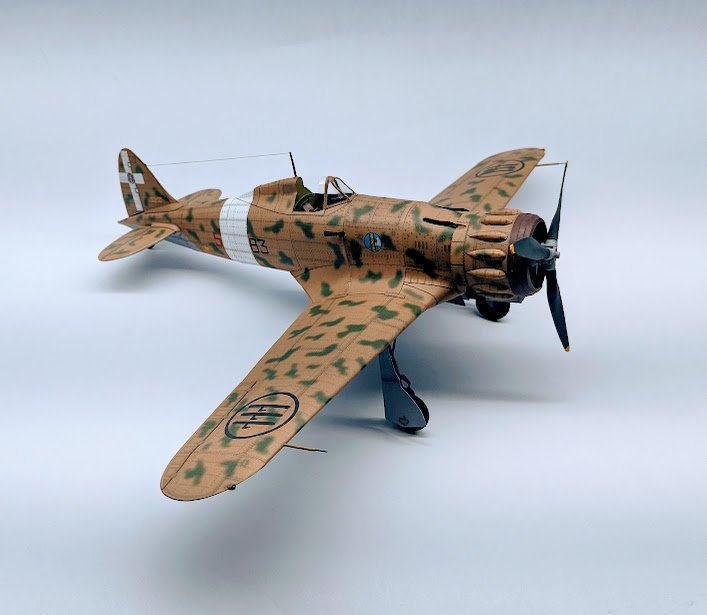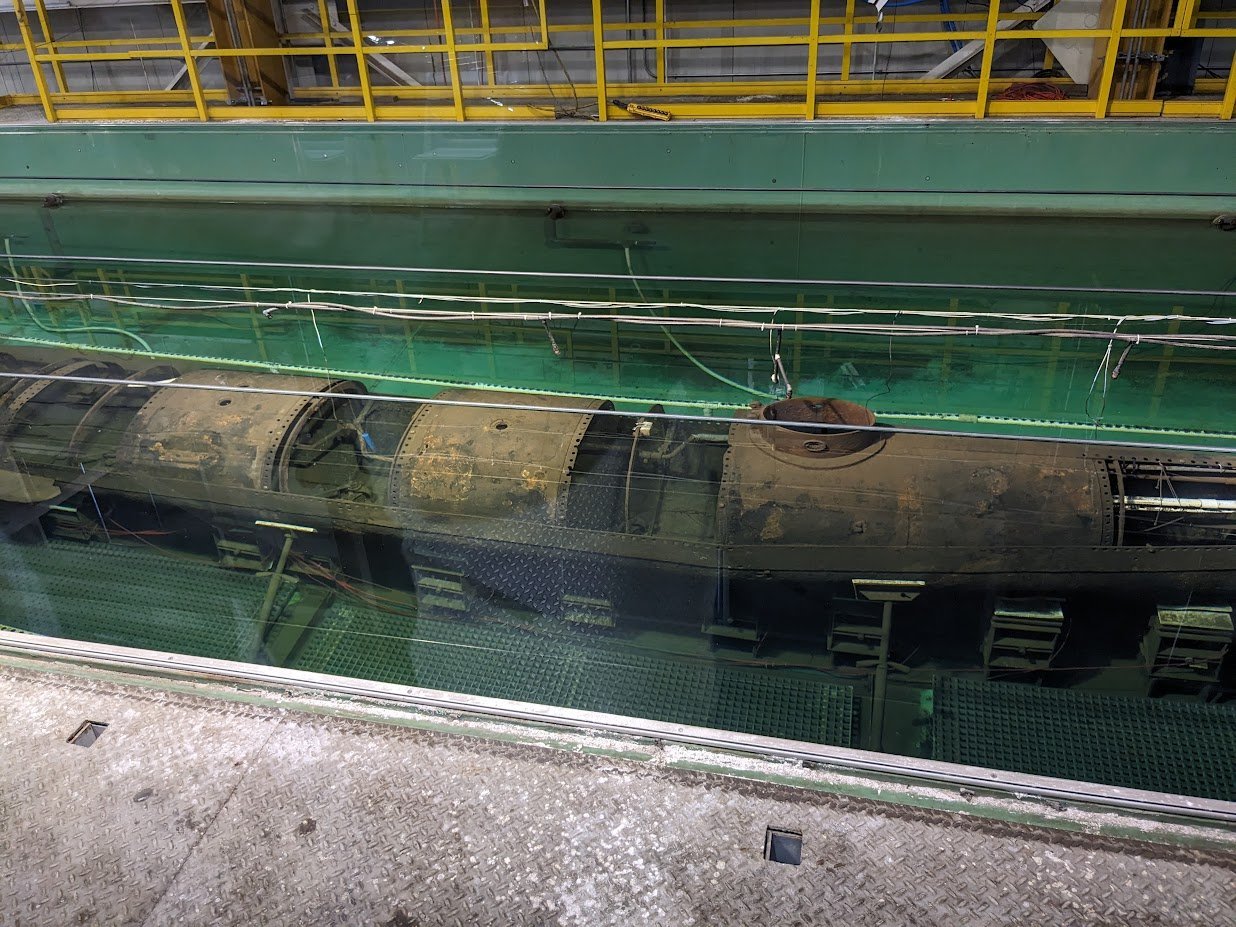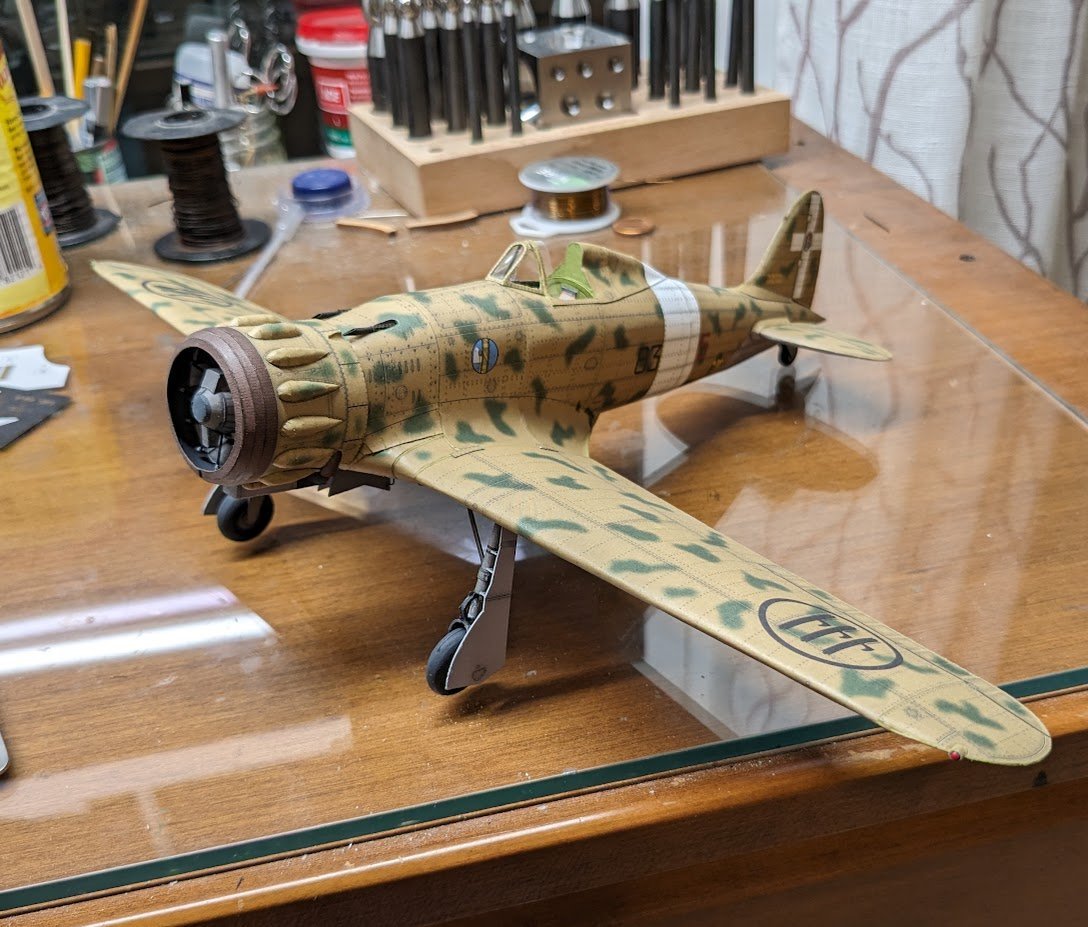-
Posts
10,534 -
Joined
-
Last visited
Content Type
Profiles
Forums
Gallery
Events
Everything posted by ccoyle
-
A note on some of the interior printing that is visible but will obviously not be seen once the fuselage is closed up: Believe it or not, there are some insane modelers out there (Poles, usually -- duh) who will open up parts of their build and scratch-build interior components such as stringers, bracing, and control cables, thus necessitating some printed interior details. I am not one of those modelers, so don't ask.
-
Once again, a Mistewicz design just falls together sweetly without any hitches so far. Here's the fuselage structural pieces ready to be glued up (I found out later that three pieces were missing from this group shot, but they're on the model -- which is what counts). And bit by bit it gets put together. Skinning starts next!
-
Welcome aboard!
-
I wouldn't trust them. All of their kits are listed for under 100 GBP -- an extremely unlikely proposition.
-
I've always used diluted Aleen's Tacky Glue for this job, and I've had fabric glue recommended for it as well but haven't tried it.
- 286 replies
-
Ah, what the heck -- I decided that since I provided links to all my other KK builds, I might as well dig up some shots of the only one not hosted here at MSW, just in case anyone wondered about it. So here's a couple of looks at Pawel's Polikarpov Po-2 design. This one used alternative winter camo provided by a member at a different forum. Enjoy!
-
Welcome to another non-ship build log! I actually have a large-ish wooden ship build near the front of my building queue, but after much deliberation, during which I changed my mind about what to build next at least a half-dozen times, I opted to squeeze in one more small project before beginning the larger project -- sort of a 'new year, new commitment' plan. The small project I finally settled on is one that has been on my radar for quite some time -- the 1/33 scale Sopwith Pup published by Kartonowa Kolekcja. I find the Pup to be a handsome aircraft -- a well-balanced design that is very easy on the eye, unlike some WW1 aircraft that might best be charitably described as 'homely'. The Pup is also historically significant, not least because it was the first Sopwith aircraft to bear an animal name, albeit an unofficial one (its official name was the Sopwith Scout). Anyhoo, if this kit looks familiar, that's because Edward Kenway beat me to the punch by building an example of it just last year, so you can get a sense of how this model will go together by viewing his log here. This will be the sixth kit I have attempted by designer Pawel Mistewicz -- IMO his kits are among the best in the business. You can see four of my previous KK builds here, here, here, and here. The artwork on this kit is very good, as you can see by the engine grime and wing ribbing, for example. The kit includes options for two liveries. The plane on the cover, which I will be building, is the mount of Cpt. Edwin Dunning, the first man to land an aircraft on a moving ship. The other option is a plane from the Walmer Defence Flight, one of the various units established in England for the purpose of aerial home defense; these units typically flew aircraft that were being rotated away from front line service to secondary theaters and flown by pilots who, having survived the carnage over France and Belgium, were deemed in need of some slightly less-stressful flying duties. KK kits include extensive diagrams, which is important since the instructions are in Polish. Also included is a very nice three-view . . . . . . and a lovely set of color photographs of the prototype model. As per usual, I have the laser-cut frames set. My last KK effort took about one month to complete. We'll see if this one goes together as well as I expect it will. Onward!
-
Congratulations on completing your first model!
- 27 replies
-
- Slavic Longship
- Falkonet
-
(and 2 more)
Tagged with:
-
Lovely work so far! The 'torpedo' you refer to is a float, part of the ship's minesweeping gear. Later in the war, the Flowers had their minesweeping gear removed.
-
Ah, but the trials just keep on giving! Turns out the propeller is also wrong, based on a thorough internet search for photographic references. Of course, the designer doesn't mention (well, maybe he did, but it's all in Polish) what he used for source material and where he obtained it. So, I will be making some alterations to the propeller structure as well. Happily, it is the last major assembly, so after this it should be smooth sailing.
-

Le Superbe by Daan - Heller - PLASTIC
ccoyle replied to Daan's topic in - Kit build logs for subjects built from 1751 - 1800
If this is the 1/150 kit, then I'd say yes, to-scale gun tackles would be ridiculously difficult to create.- 3 replies
-
- Le Superbe
- Heller
-
(and 1 more)
Tagged with:
-
D The instructions include a link to the source plans upon which the kit is based. I'm not familiar with the kit contents myself, but are you certain that plans aren't included, or were they just inadvertently omitted from your kit?
-
Bryan, I redacted the personal information from your posts.
- 80 replies
-
- mayflower
- constructo
-
(and 2 more)
Tagged with:
-
Wow. In doing more online research regarding the landing gear, I have become even more mortified about this kit's design. Not only are the gear doors not the right length, it turns out they are not the correct shape, either. On top of that, the torque bars are wrong as well -- the kit places them on the front of each strut, but pictures of the actual plane online show them on the back. 😑😑😑 Ignorance would have been bliss in this case. EDIT: Just discovered that the locator marks for the door brackets are not in the correct locations and do not match what is shown in the diagrams. Since the gear design is obviously a complete cluster-you-know-what, I'm just going to slap the main doors on and call them done.
-
Me too! A very credible result and a testament to what can be accomplished with a plastic kit. Congratulations!
About us
Modelshipworld - Advancing Ship Modeling through Research
SSL Secured
Your security is important for us so this Website is SSL-Secured
NRG Mailing Address
Nautical Research Guild
237 South Lincoln Street
Westmont IL, 60559-1917
Model Ship World ® and the MSW logo are Registered Trademarks, and belong to the Nautical Research Guild (United States Patent and Trademark Office: No. 6,929,264 & No. 6,929,274, registered Dec. 20, 2022)
Helpful Links
About the NRG
If you enjoy building ship models that are historically accurate as well as beautiful, then The Nautical Research Guild (NRG) is just right for you.
The Guild is a non-profit educational organization whose mission is to “Advance Ship Modeling Through Research”. We provide support to our members in their efforts to raise the quality of their model ships.
The Nautical Research Guild has published our world-renowned quarterly magazine, The Nautical Research Journal, since 1955. The pages of the Journal are full of articles by accomplished ship modelers who show you how they create those exquisite details on their models, and by maritime historians who show you the correct details to build. The Journal is available in both print and digital editions. Go to the NRG web site (www.thenrg.org) to download a complimentary digital copy of the Journal. The NRG also publishes plan sets, books and compilations of back issues of the Journal and the former Ships in Scale and Model Ship Builder magazines.


